
Sciences & Technology
Whale migration in our noisy oceans
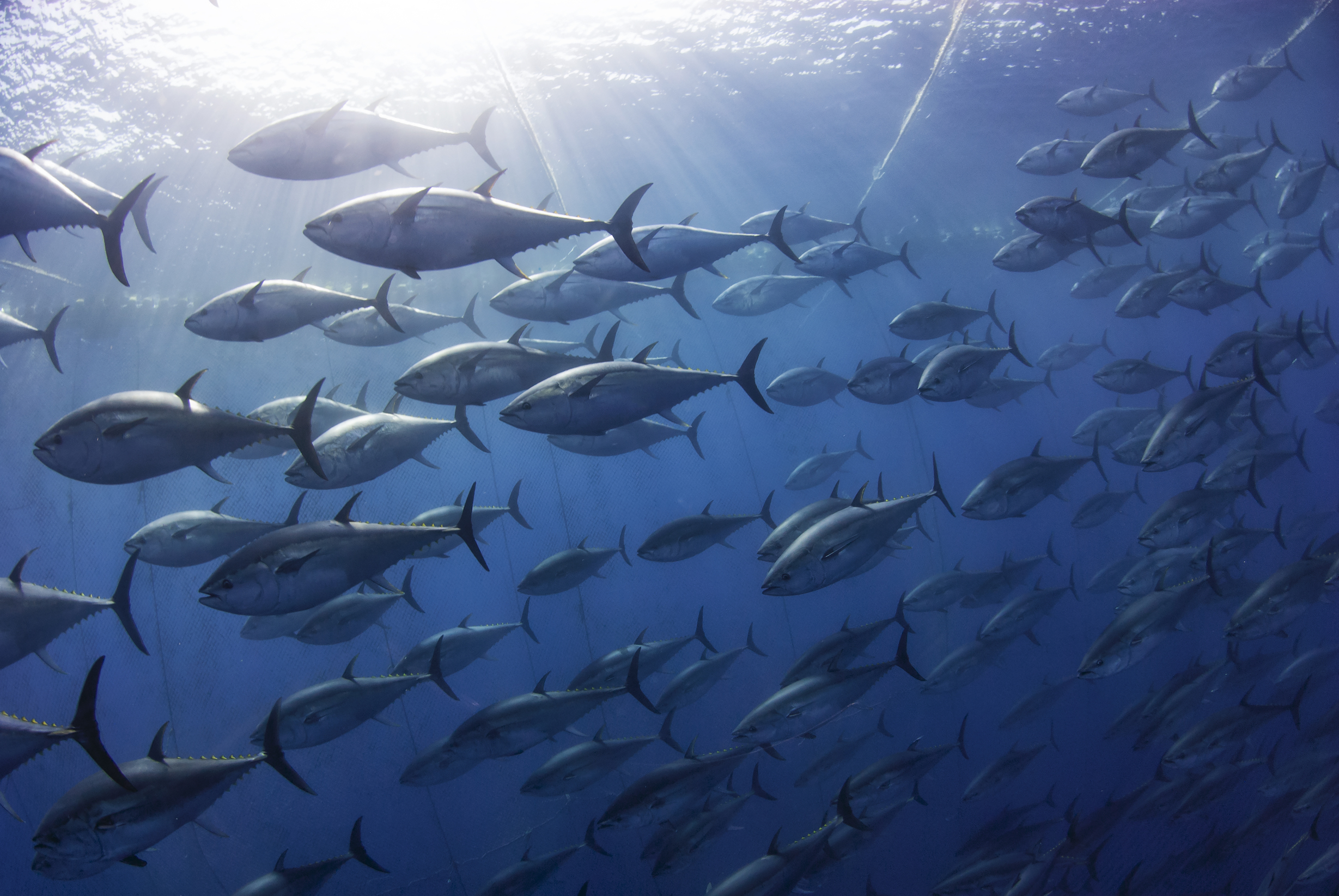
Warming oceans and overfishing is causing species to evolve in ways that threaten the sustainability of commercial fisheries
Published 20 January 2022
For millennia humans have been using selective breeding on domestic animals to change their size, shape, behaviour and other features. But now we are effectively doing this to wild animals on a global scale through another form of ‘artificial selection’ as animals are forced to adapt to how we are changing and damaging the environment.
In research published in Proceedings of National Academy of Sciences, University of Melbourne ecologist Dr John Morrongiello and colleagues explored the combined effect of fishing and climate change on fish populations and evolution.
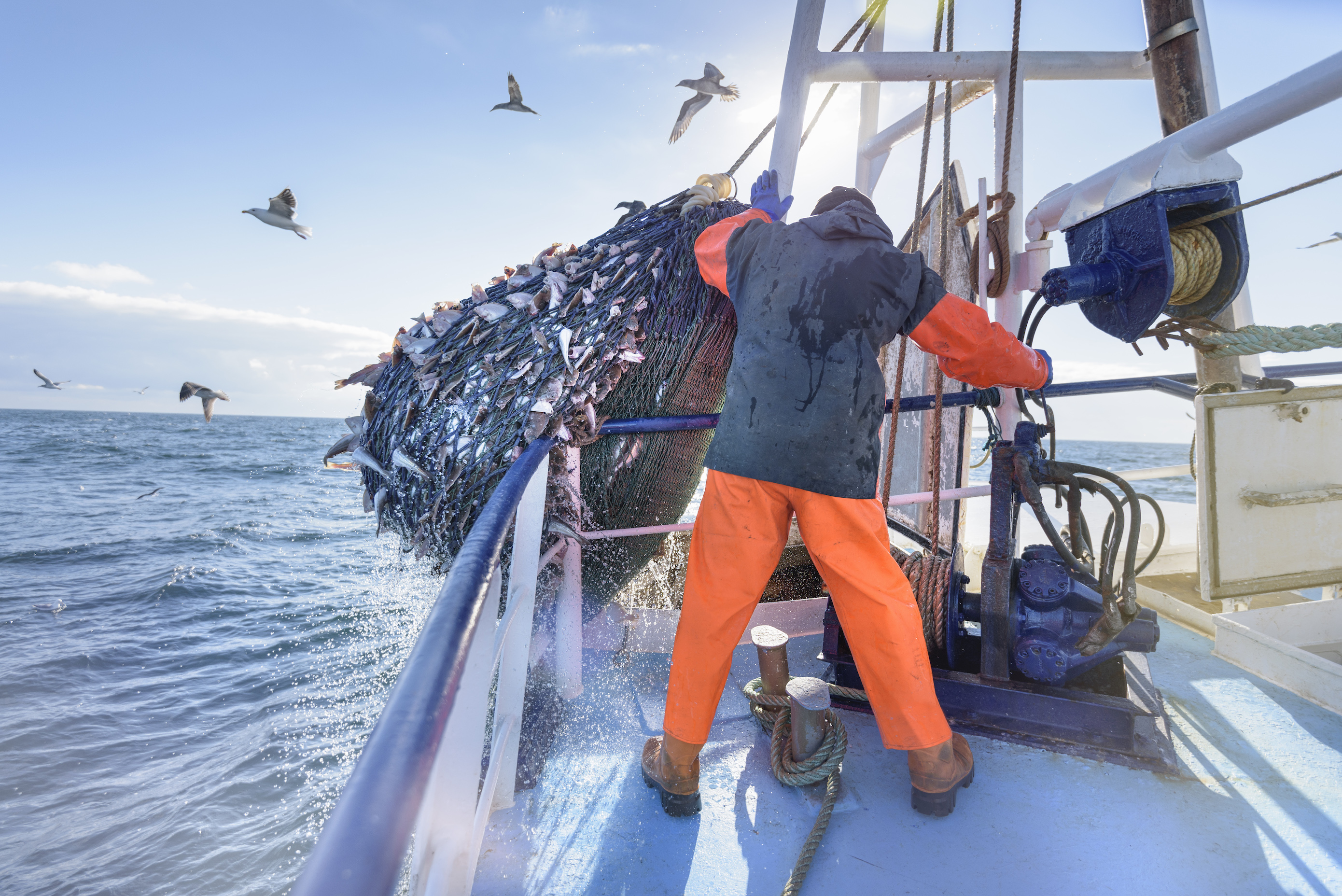
The team, which included PhD student Henry Wootton from the University of Melbourne and Asta Audzijonyte from the University of Tasmania, found that over several generations these human-driven pressures result in smaller fish that are less successful breeders.
Over time, this can be expected to disrupt social structures by distorting population demographics and displace fish from their established habitats or else perish – putting existing fisheries at risk of collapse.

Sciences & Technology
Whale migration in our noisy oceans
Dr Morrongiello says it’s important to look at fishing pressure and climate change in combination.
“While the pressures from fishing activity differ across the globe, fish everywhere face pressure from warming temperatures,” he says.
Dr Morrongiello’s broader research at the School of BioSciences explores the capacity for populations of local fish species to respond to these environmental stressors across multiple generations.
“Fishing pressure and climate change both act as selective agents in evolution,” he says.
“The value of these long-term intergenerational experiments is that we can first look at the short-term impacts of stressors, and then we can allow populations to be exposed to these for multiple generations.
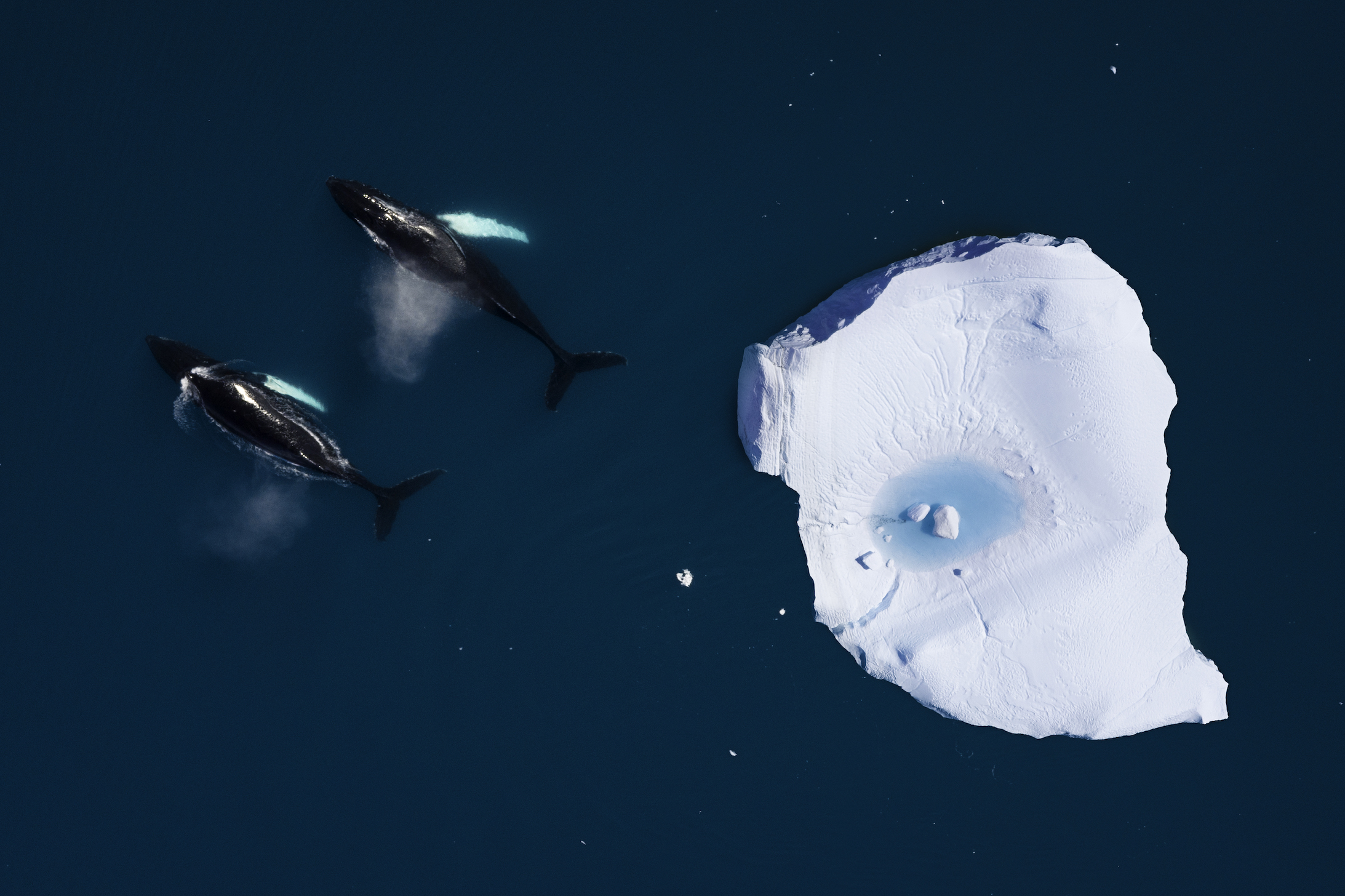
“If individuals have low fitness or they don’t like it getting hot, they won’t breed and they’ll die out.
“The ones that survive, will go forth and reproduce into the next generation.”
Over time, populations may be expected to acclimatise and cope better with warming, but in laboratory experiments with zebrafish, the researchers found the opposite.

Sciences & Technology
Using genetics to conserve wildlife
Initially, they found that warming temperatures reduced egg size, prolonged early development time in young fish, and increased metabolism and energy expenditure in mature individuals, resulting in reduced available energy for reproduction. Despite this, populations as a whole could indeed still cope but only temporarily.
“After three or four generations in the studied populations the key indicators of population collapse really began to manifest,” says Dr Morrongiello.
These indicators include any changes in the ecosystem that affect population abundance and social structure – like overfishing. As overfishing decreases population sizes, there may be additional associated consequences in the form of increased larval mortality and reduced rates of maturation.
Warmer environments are likely to increase overall metabolism in fish, and to meet this need, more food needs to be consumed and growth slows.
This can impact reproduction and survival over generations.

“They’re trying to offset some of these extra energy costs of warmer conditions by doing things like making bigger eggs, which is okay for big fish with a large capacity to produce eggs, but when we are also fishing out the big animals, after a period of time, you’re left with only small fish that can’t produce many eggs,” says Dr Morrongiello.
“In zebrafish, the females are bigger than the males. If you are preferentially catching the big fish, you are targeting the females and the population is left with only males.

Sciences & Technology
Man bites shark: How dangerous are humans to sharks?
“This phenomena can occur in other species with sexual dimorphism or where fishing activity targets spawning aggregations and the bigger female fish with greater egg-laying capacity are caught.”
“After several generations, there were not enough females to produce enough eggs, and the eggs they were producing weren’t big enough to offset the costs of developing at hot temperatures, and the population collapsed,” says Dr Morrongiello.
“If you think about trophy hunting on land, we see the opposite effect there.
“We see this targeting of the males because males have got the ornamental antlers or have large horns. In fish, we know that big females produce many more eggs than smaller females and so have a disproportionate impact on the number of offspring produced.”
In previous 2019 research published in the British Ecological Society’s Journal of Animal Ecology with Philip Sweetman and Ronald Thresher from Australia’s Commonwealth Scientific and Industrial Research Organisation (CSIRO) , Dr Morongiello found that removing larger, dominant individuals disrupted established social hierarchies within fish populations.
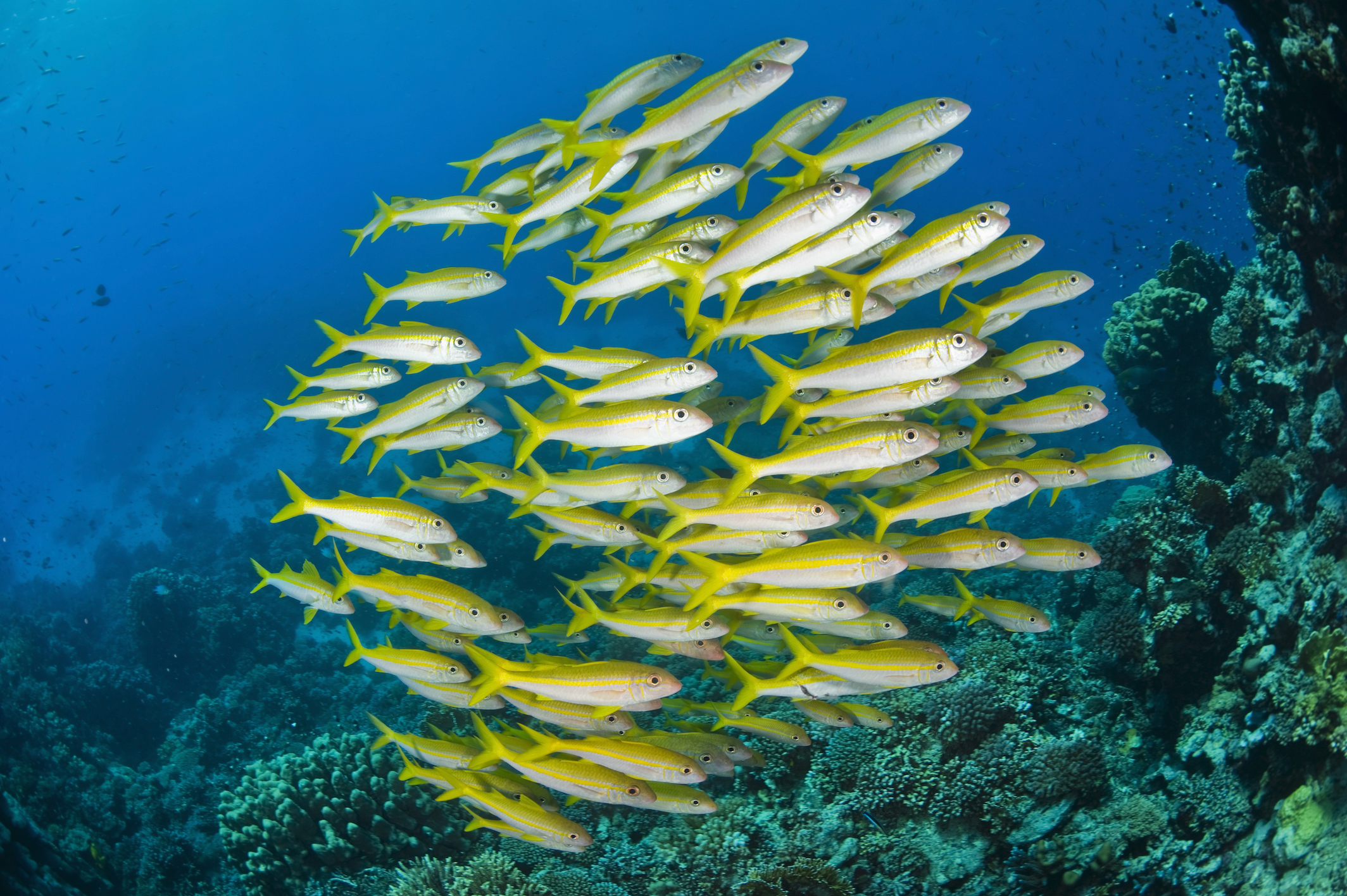
This left smaller fish to compete for newly unclaimed resources. These previously less dominant fish become bigger and more aggressive in the absence of the larger ones, causing their social hierarchies to restructure or break down.
Dr Morrongiello also warns of the potential for range shifting to occur – a phenomenon where a species relocates in response to environmental pressures – like warming temperatures.

“When the waters warm, species need to move and they follow the favourable warmer conditions.”
“Off the coast of Australia is the East Australian Current. That’s a tonne of warm water coming down the east coast of Australia, and that current is getting stronger, it’s getting hotter and it’s pushing further south.”
“So, we see species that were living off the coast of Victoria and New South Wales are now being found off the coast of Tasmania where the water is cooler.
“We also see tropical species that were up in the Barrier Reef now taking up residence in Sydney harbour.”
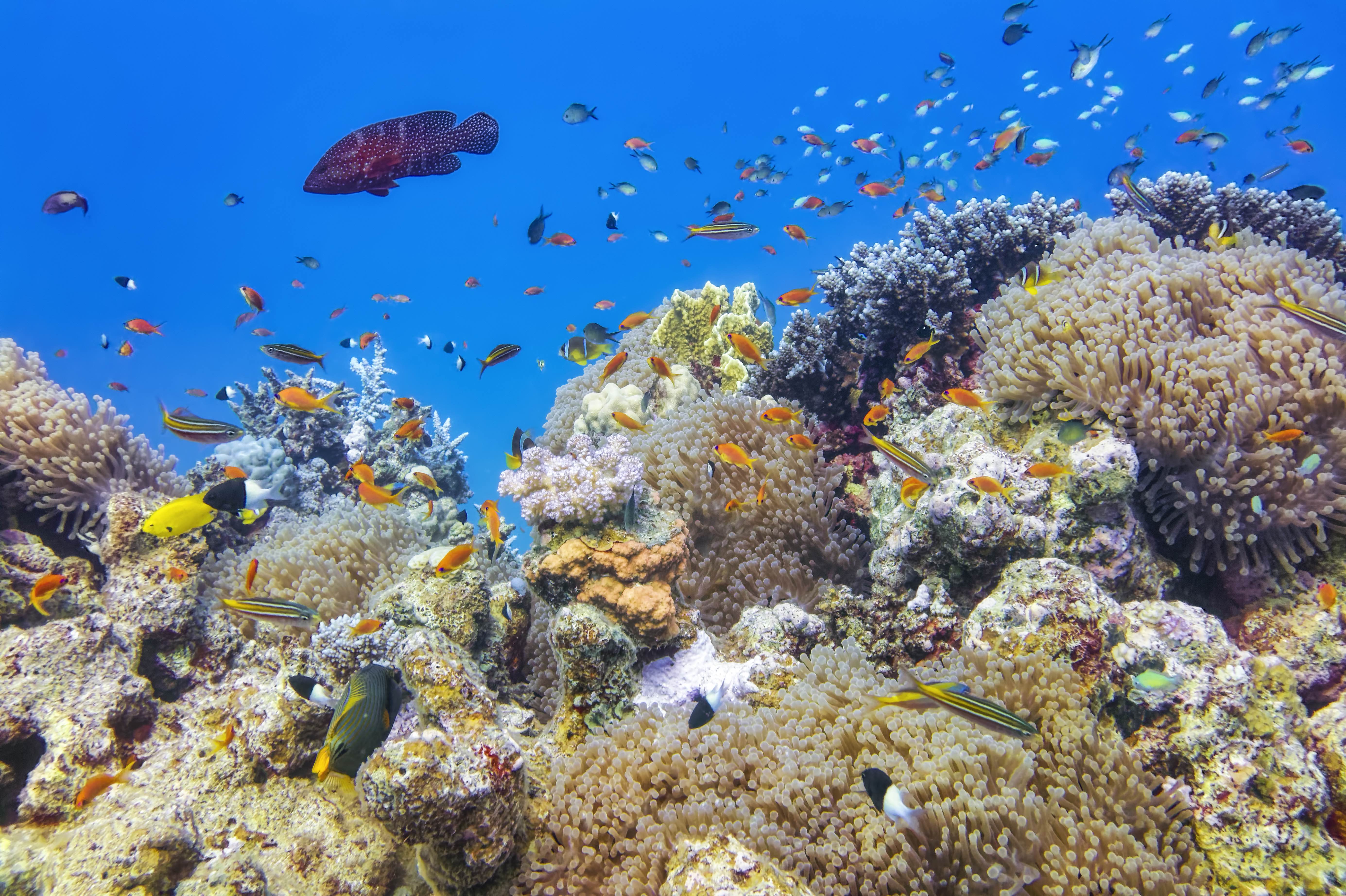
“The cold-adapted coastal species living in the waters off Tasmania will have nowhere to go as water temperatures continue to rise because they will run out of coastline and those populations fall off the edge of their world, so to speak.”
This process of warming, known as tropicalisation, also brings new challenges to stable fisheries that are centred around specific populations of fish but now have to adapt their practices to accommodate other fish species moving into their waters.

Dr Morrongiello says that while acting on climate change is crucial, consumers can also help by eating only fish from sustainable fisheries certified by groups like the Marine Stewardship Council.
And he says policymakers need to come up with regional solutions, as fish don’t recognise international borders.
Potential solutions include establishing fishing exclusion zones or regulations mandating the use of standardised fishing gear to avoid targeting the largest fish and maintaining diverse, stable populations.
“Countries like Australia have a real responsibility to help. It’s in Australia’s best interest to have sustainable, good fisheries in our neighbour’s waters. Just as it’s good for them for us to have the same thing.”
The authors of this article, Ameer Lambrias and Chenyang Yuan, are both Science Masters students at the University of Melbourne whose studies include Science Communication.
Banner: Getty Images